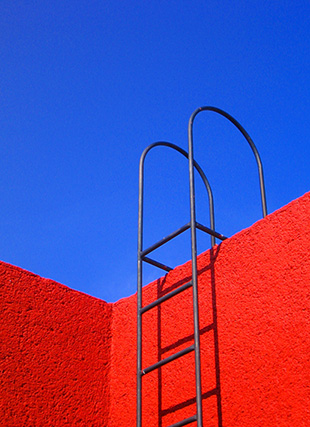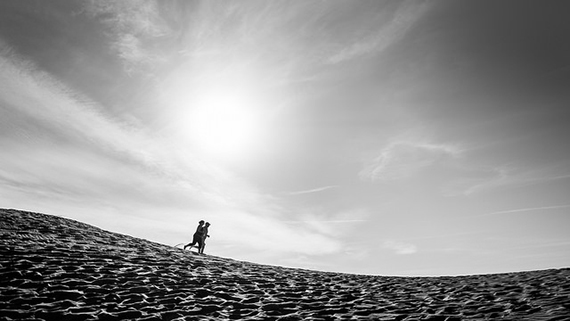Good photography depends far more on skill than it does gear. Good cameras don’t guarantee great photographs, and several professional photographers have been known to shoot with disposable cameras. The secret to great photography is rooted in having a solid understanding of the technical elements of photographs and how they interact with one another.

photo by Arantxa
Composition, contrast, color balance, depth of field—all of these things combined are what make a photograph unique, and without an understanding of each you may find that your work suffers.
With that in mind, here is a comprehensive breakdown of one of these elements, contrast.
What is Contrast?
Contrast is the range of difference between different tones in a photograph. In black and white photography, contrast describes the difference between the darkest and lightest tones, but it also defines the grayscale. In color photography, contrast applies to how sharply colors stand out from one another.
How to Control Contrast
There are several ways to control the contrast of your images. The easiest way is to import your pictures into a digital photo editor and use the contrast button to adjust the level of contrast until you get the look you want. In the darkroom, you can use filters in your enlarger to increase the level of contrast in any image; as the number of the filter increases, so does the contrast. Controlling contrast is a bit trickier in-camera and depends heavily on lighting conditions, lens filters, and your exposure time. It’s usually a good idea to shoot with a little caution and opt for less contrast than more, since you can always increase the contrast later without losing quality.
A Good Quality of Contrast
Although there is much debate on what is “just right” in terms of contrast, you want your tones to go from dark to very bright with every color in between shown on the photograph. This can be best seen in black and white photographs as you want true black, true white and every shade in between. Essentially, good contrast is whatever level allows your colors to “pop” or your subjects to be well defined.

photo by Giuseppe Milo
Fine-Tuning
Dodging and burning photographs is a classic trick in the photographer’s toolbox. This is a method for adjusting the contrast of individual parts of an image, as opposed to the entire thing. This helps in modifying the composition (like darkening the background) and highlighting the subject (like lightening their eyes) or improving the overall appearance of the image.
In the darkroom, photographers often create complex stencils that are placed on top of their blank photo paper. Stencils give you greater control over the contrast of your entire photograph by letting certain areas of your picture be exposed for different periods of time than others. Luckily enough, this process is much easier in most photo editors as different areas can be easily burned or dodged by using the mouse.

photo by Tami Seymour
Photos that are “dodged” have areas where they’re exposed to light for shorter periods of time, or when it comes to digital editing they’re areas that are lightened and lose contrast. Places in your picture that are “burned” will have higher contrast and the grain will be darker.
It can be challenging to control the contrast of your picture but with a little practice of dodging and burning it will soon become a whole lot easier. A good amount of contrast helps add to the story of the photograph and makes the important things stand out.
When shooting, always try to imagine what your contrast options will be before you take a shot, and go wild when you finally make it to the computer or darkroom. As with everything, practice makes perfect!
About the Author:
Autumn Lockwood is a writer for Your Picture Frames. They have a selection of wall picture frames in a variety of styles, sizes and colors.
Go to full article: Tips for Using Contrast in Photography
What are your thoughts on this article? Join the discussion on Facebook
PictureCorrect subscribers can also learn more today with our #1 bestseller: The Photography Tutorial eBook
The post Tips for Using Contrast in Photography appeared first on PictureCorrect.